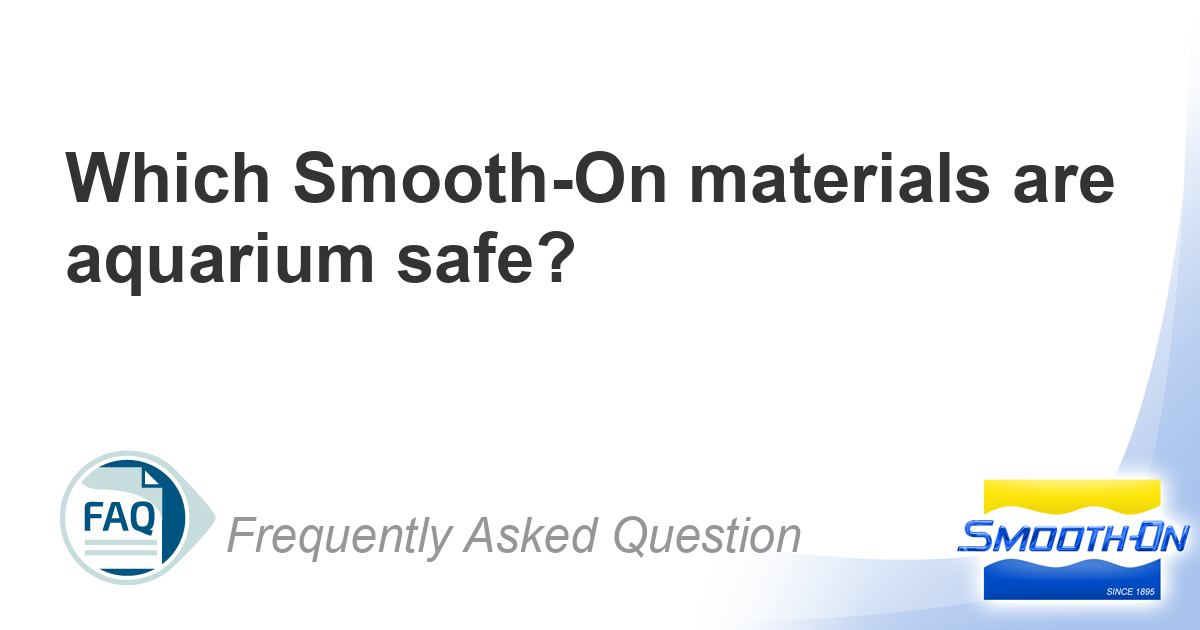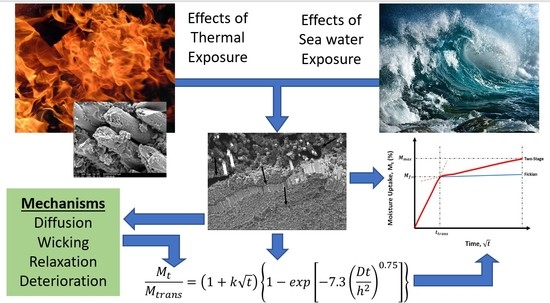I know this has been talked about before and will be after this post, but here is another one for the pile. I am tinkering with epoxy resin and 3D printing. I have epoxy dyes, epoxy shimmer, and epoxy glitter, as well as a clear epoxy. I've also got colored sea glass and rocks, and have been placing all of these items in 3D printed stuffs. My questions I'm looking for
1) Does epoxy resin create an impermeable barrier between one side and the other? For instance, if a metal coin were to be encased in epoxy resin , and left to sit in the ocean, would water ever reach it? Two parter here, if water reaches it, I would assume that same water would eventually go back into the ocean, or my aquarium, or would it stay inside the resin where the coin is?
2) Epoxy dye, epoxy glitter, epoxy shimmer, it is essentially make-up powder like what the chicks use to trick us guys into spending more money on them. You mix it all together, so the only dye/shimmer that would be exposed to water is the outside layer of resin? If this were true, would a single layer of clear resin on top of the "toxic" layer of resin remove the chance of leeching into the water?
3) How would I test the contamination or lack thereof , if i were to set up a little aquarium and put these epoxy resin'd items in. What would you look for to know "ok, this is safe" vs. "ok, this is not a good idea" because I don't want to use my 2 year old 125 gallon aquarium as a test subject for my arts and crafts. lol!
4) is there a way to make epoxy resin shiny again after I sand it down? I like to have a nice even layer up against the magnets so make it look good, but only sand about 1/3 of the surface leaving it rough and unlike the shiny part. Youtube shows that you can use car polish, but I don't think car wax would be "reef safe" even if rinsed off afterwards, something has to be there still to make the resin shiny again
1) Does epoxy resin create an impermeable barrier between one side and the other? For instance, if a metal coin were to be encased in epoxy resin , and left to sit in the ocean, would water ever reach it? Two parter here, if water reaches it, I would assume that same water would eventually go back into the ocean, or my aquarium, or would it stay inside the resin where the coin is?
2) Epoxy dye, epoxy glitter, epoxy shimmer, it is essentially make-up powder like what the chicks use to trick us guys into spending more money on them. You mix it all together, so the only dye/shimmer that would be exposed to water is the outside layer of resin? If this were true, would a single layer of clear resin on top of the "toxic" layer of resin remove the chance of leeching into the water?
3) How would I test the contamination or lack thereof , if i were to set up a little aquarium and put these epoxy resin'd items in. What would you look for to know "ok, this is safe" vs. "ok, this is not a good idea" because I don't want to use my 2 year old 125 gallon aquarium as a test subject for my arts and crafts. lol!
4) is there a way to make epoxy resin shiny again after I sand it down? I like to have a nice even layer up against the magnets so make it look good, but only sand about 1/3 of the surface leaving it rough and unlike the shiny part. Youtube shows that you can use car polish, but I don't think car wax would be "reef safe" even if rinsed off afterwards, something has to be there still to make the resin shiny again




















